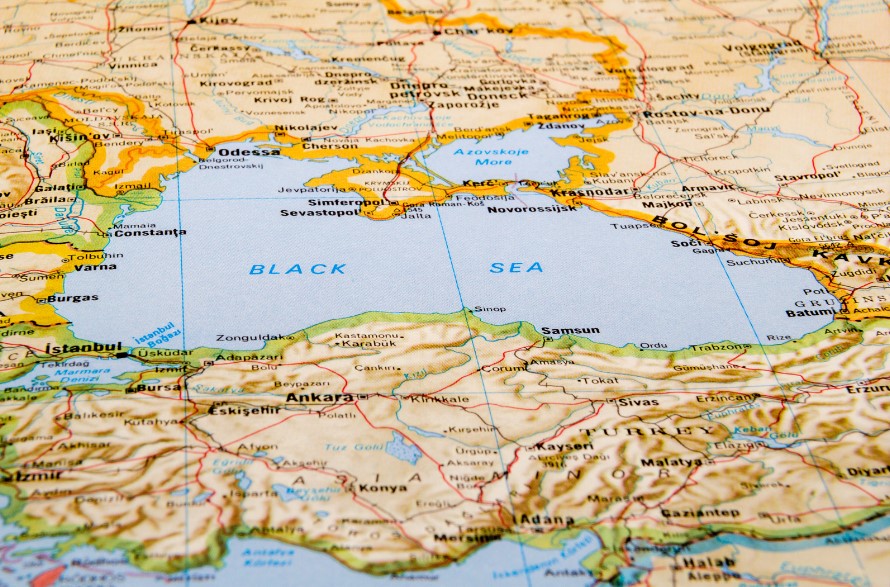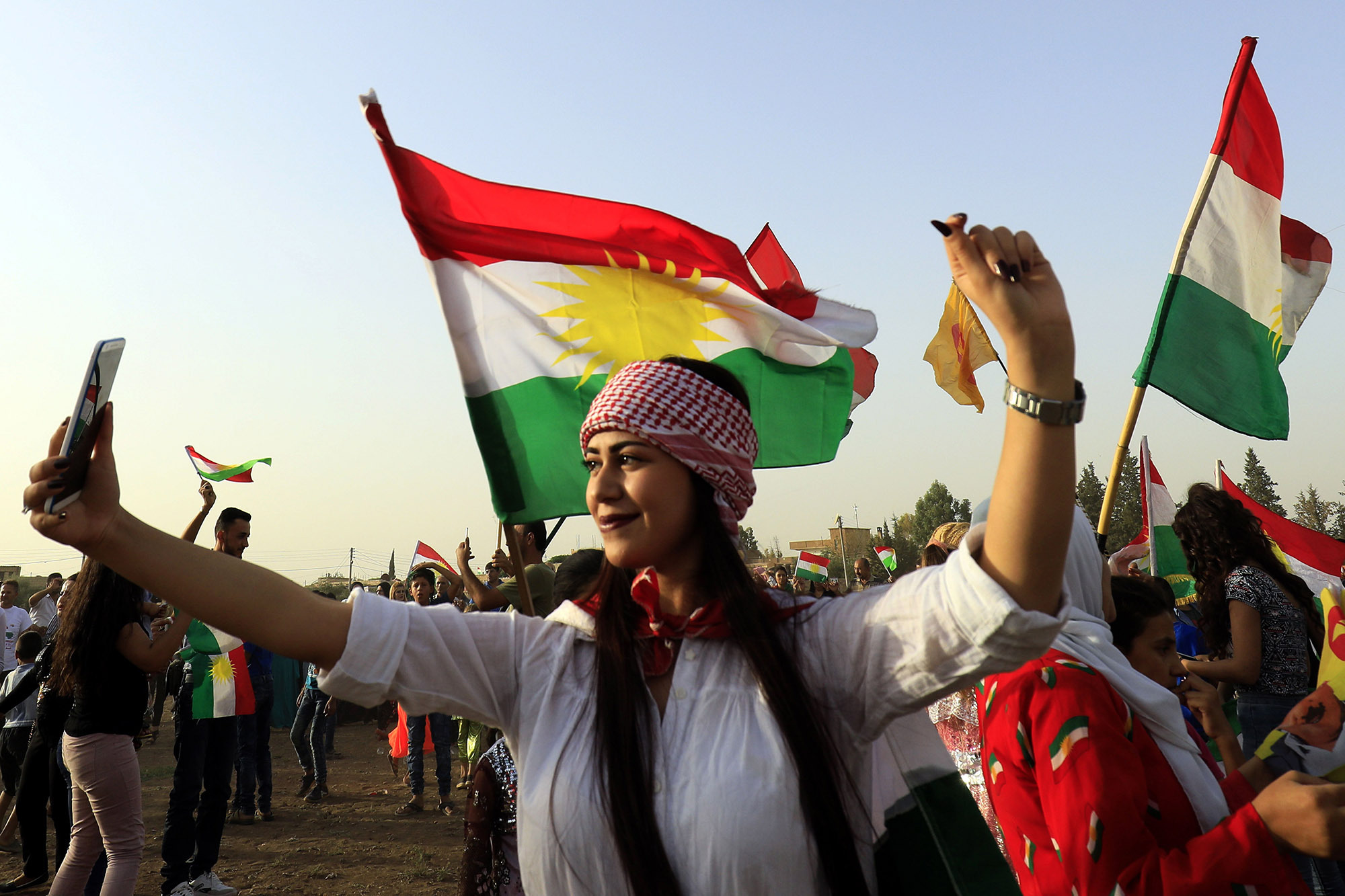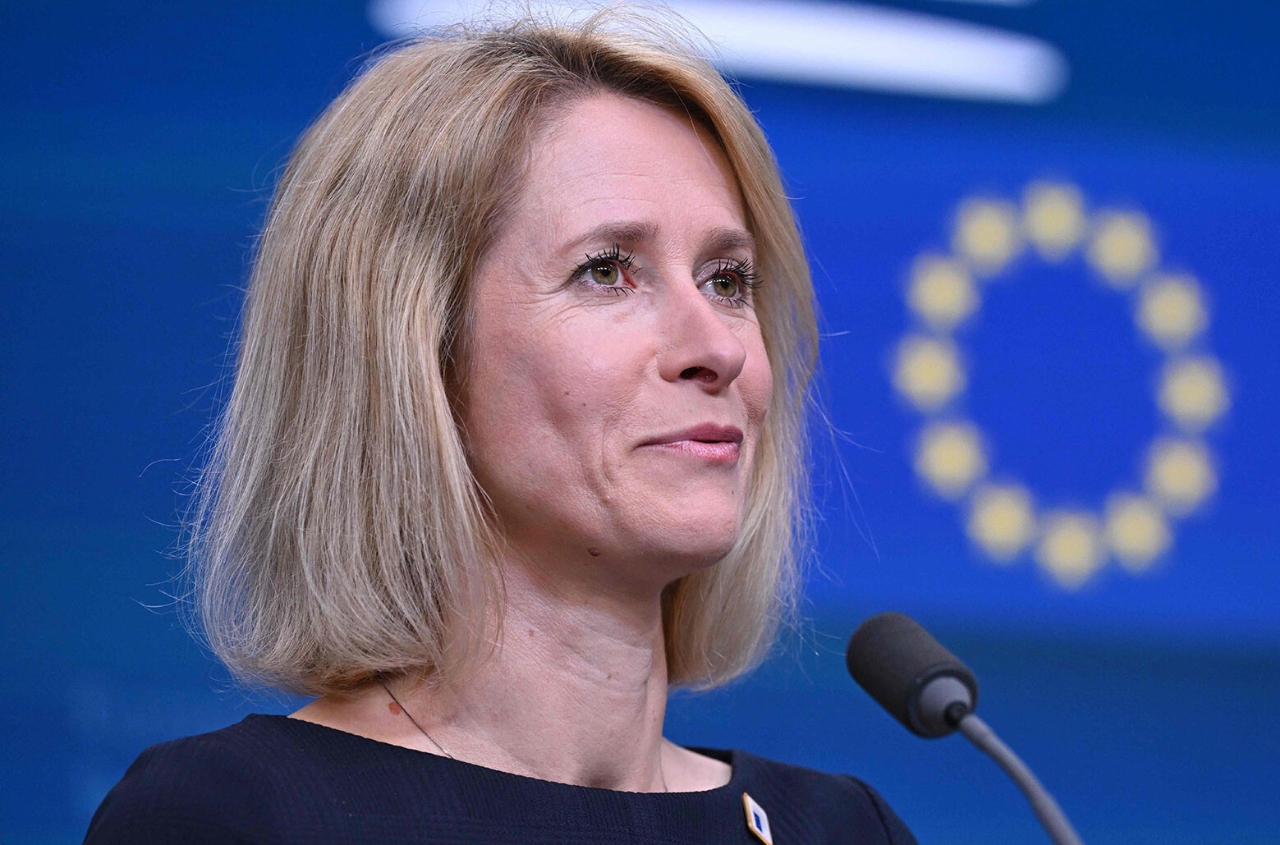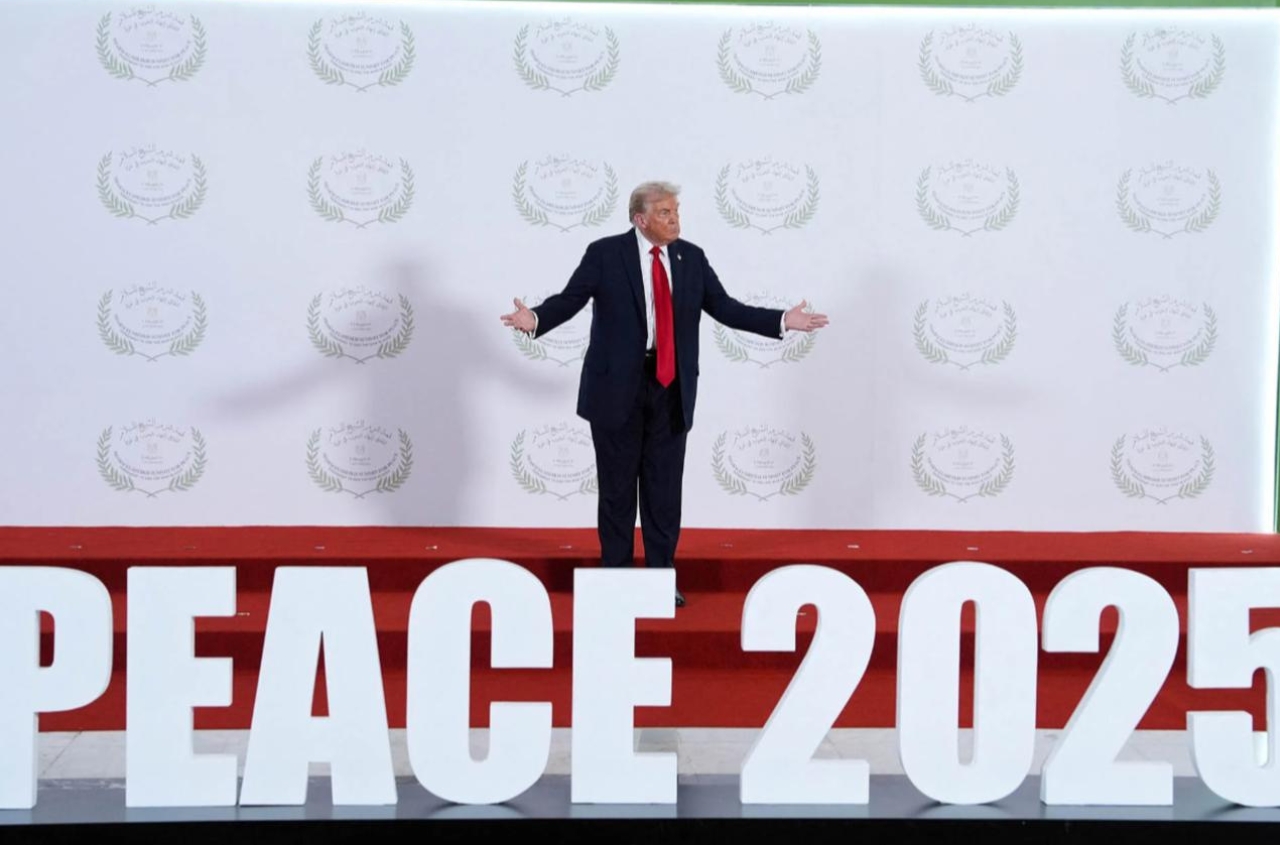By the Ukrainian Institute for the Future
Among the states situated on the coast of the Black Sea, Russia has played one of the most significant roles in shaping the regional agenda throughout different stages of its statehood. Despite changes in the forms and methods used to achieve its goals over time, Russia's fundamental interests were formed as early as the 16th century. The annexation of Crimea in 2014 and the course of military actions during Russia's full-scale invasion of Ukraine indicate that the struggle for dominance in the Black Sea continues into the 21st century. However, the significance of the Black Sea region in Russia's socio-political sphere extends beyond geopolitics and occupies a key role in the ideological paradigm of the Putin regime. Traditionalism, history, and the grandeur of the state are integral components of Russian identity. On this foundation, the Kremlin actively promotes narratives about the might of its army and navy, the Russian Crimea, the city of heroic glory Sevastopol, and more. Alexander III's quote, "Russia has only two allies – its army and its navy," has become iconic in Russia's socio-political life.
Moscow State. Russian Empire
Throughout different stages of its statehood, Russia sought to expand its presence in the Black Sea region. The main driver of this process was the desire to obtain a port that remained ice-free throughout the year, providing subsequent access to the Mediterranean basin. The existence of the Crimean Khanate, a vassal of the Ottoman Empire since 1580, posed a primary obstacle. The first attempt to establish a foothold on the Black Sea coast was made by Ivan the Terrible in 1556, but the primary goal was not achieved.
During 1687-1689, Moscow organized two Crimean campaigns led by Russian boyar Golitsyn, yet logistical miscalculations and weak organization led to their failure.
In 1696, Peter I, as part of a military campaign against the Ottoman Empire, captured the city of Azov (modern-day Rostov region) and secured a position on the coast of the Sea of Azov. However, the Ottoman Empire, which controlled the shores of the Kerch Strait, could block the Russian fleet's access to the Black Sea. This fact determined Russia's subsequent policy in the region for the next two centuries. The two empires fought each other nine more times. Russia's ultimate goal was to gain control over the Bosporus and the Dardanelles.
"The cross over St. Sophia has become a national idea. Turkey must cease to exist; Russia has the right to occupy Constantinople," noted Russian poet Ivan Aksakov.
The Russo-Turkish War of 1768-1774 and the subsequent Treaty of Küçük Kaynarca marked a shift in the balance of power in the Black Sea region. Under its terms, the Russian Empire gained the city of Kerch, as well as the fortresses of Yeni-Kale and Kinburn. The Crimean Khanate ceased to be a vassal of the Ottoman Empire and was annexed by Catherine II in 1783. Moreover, Russia obtained the right for merchant vessels to pass through the Bosporus and the Dardanelles, although the passage of military ships remained unresolved, becoming one of the main factors in the resolution of subsequent wars between the two empires.
During the 1877-1878 war, the Russian Empire came closest to its goal of gaining control over the Bosporus and the Dardanelles. The Russian army was approximately 330 km from Constantinople, inflicted a series of defeats on Ottoman forces, and the road to the capital was "open." Under the terms of the Treaty of San Stefano, which marked the end of the war, Bulgaria gained independence and access to the Aegean Sea (see map). The Ottoman Empire agreed to these terms, but European states did not. Bulgaria's borders were significantly reduced at the Berlin Congress of 1878, and Russia's attempt to gain access to the Mediterranean through Bulgaria, bypassing the Bosporus and the Dardanelles, failed.
Soviet Union
After the First World War, both Russia and the Ottomans lost their status as empires, transforming into new states – the Soviet Union and the Republic of Turkey. Considering the geopolitical context of the early interwar period, their relations were characterized by rapprochement and situational partnership. However, by the second half of the 1930s, after the definitive establishment of these states as subjects of global politics, the countries returned to confrontation. In 1936, the USSR, Turkey, and several other countries signed the Montreux Convention, which regulated the passage of merchant vessels through the Bosporus and the Dardanelles. However, its provisions regarding military ships did not satisfy Moscow, further exacerbating relations. On November 25, 1940, Stalin asserted in a private conversation: "We will drive the Turks out to Asia. What is Turkey? There are two million Georgians, one and a half million Armenians, one million Kurds. Turks are only 6-7 million."
The sharpest crisis in Soviet-Turkish relations occurred at the end of the Second World War when Moscow asserted territorial claims on Transcaucasia, along with a demand for military base placements in the straits. Turkey sought assistance from the United States and Great Britain, who demonstrated readiness to prevent such a scenario by force, leading to Turkey's accession to NATO in 1952. Subsequent Soviet leaders after Stalin attempted to stabilize relations with Turkey and ideally restore them to their initial level. The USSR adopted a more restrained strategy of containment and cooperation, which yielded relatively equal relations with Turkey – a level of stability that the Russian Empire had struggled to achieve. From 1967 to 1992, the 5th Squadron of the Black Sea Fleet was constantly present in the Mediterranean Sea. However, despite a more restrained political approach towards Turkey, the Soviet military doctrine included plans for a landing operation on the Bosporus and Dardanelles coastlines in the event of war with NATO.
Russian Federation
After the dissolution of the USSR, the Russian Federation transitioned to a market economy model, in which the Black Sea region plays a key role in the state's trade system. For example, in 2016, the cargo turnover of ports in the Azov-Black Sea basin (244 million tons) surpassed that of the Baltic region (236.6 million tons) and ranked first among other ports in Russia. The resources of the Russian Federation are inaccessible compared to those of the Soviet and imperial periods, therefore the overall framework of strategy in the Black Sea region has shifted from expansionist to defensive. Moscow's fundamental interests in security policy lie in maintaining its dominant position, supporting the status quo of the region's power balance, and restricting the passage of perceived hostile foreign states into the Black Sea.
In the late 1990s, the Primakov Doctrine was formulated, which laid the foundation for Russia's foreign policy, and its core principles remain relevant as of 2024. Within the doctrine, the Black Sea region is considered part of the concept of the 'near abroad' (countries of the post-Soviet space), where Moscow aims to dominate, prevent the emergence of anti-Russian coalitions, counter NATO expansion, and oppose and suppress separatism within its territory while simultaneously encouraging it outside its own state.
It is important to note that during Yeltsin's time, Russia did not pursue a course of 'returning historically Russian Crimea to its composition'. The position of the administration of the first Russian president was clearly demonstrated during the events of 1993-1994 in Crimea. At that time, Yuri Meshkov led the peninsula, advocating for Crimea's exit from Ukraine and annexation to Russia. This was supported by the Supreme Council of Russia (parliament), which adopted a resolution on the 'Russian federal status of the city of Sevastopol within the administrative-territorial boundaries of the city district as of December 1991'. Yeltsin took the opposite position and stated that he was ashamed of the parliament's decision. The confrontation between the executive and legislative branches in Russia was resolved in the autumn of 1993, and the issue of Crimea's affiliation receded into the background for the next ~15 years.
Alexander Korzhakov, head of Yeltsin's security service, later explained that Yeltsin's position was influenced by the fact that the country simply lacked the funds to operate, and the scenario of changing borders in Europe and violating the Helsinki Act in 1994 certainly did not foresee positive consequences from such a decision.
During Putin's rule, Russia's overall strategy in the Black Sea region has not undergone significant changes. According to sources close to the Russian president, it is known that he does not like to make global decisions, nor does he like to take responsibility for them. Therefore, Putin continued the general course developed by Primakov.
A significant stage in Russian-Ukrainian relations in the Black Sea region was the conflict in 2003 concerning the Tuzla Island. A month before this, Putin and Kuchma met to discuss the status of the Sea of Azov. Within the framework of a defensive strategy, Russia sought to grant the Sea of Azov the status of internal waters between the two countries, while Ukraine intended to open it to foreign vessels. A joint decision was not reached, so Russia opted for provocation to achieve its own goals. In December 2003, Ukraine and Russia signed an agreement on 'cooperation in the use of the Sea of Azov and the Kerch Strait', the terms of which can be considered a compromise between the parties. However, they did not include the demarcation process of the border and territorial waters. This was not accidental but part of the implementation of the Primakov Doctrine, which encourages separatism outside the state's borders to strengthen its own influence.
Overall, the Primakov Doctrine explains the geopolitical aspect of Putin's decision to annex Crimea. By daring to openly aggress, the Kremlin demonstrated its continued dominance in the post-Soviet space and outlined its position on Ukraine's NATO membership. In addition, Russia gained full control of access to the Sea of Azov and secured the functioning of the port of Sevastopol, where the headquarters of the Black Sea Fleet is located, classified as a 'category of highest state priorities' according to Russia's maritime doctrine since 2001. To understand Moscow's level of concern about the security of the Sea of Azov, attention should be drawn to the height of the Crimean Bridge, reaching 35 meters. This figure is driven by the necessity to restrict the passage of military ships (primarily from the US) through the Kerch Strait. The height of the most common model of American destroyer is 45 meters, and an aircraft carrier reaches approximately 74-75 meters. Among secondary factors, due to the annexation of the peninsula, Moscow expanded the zone of internal and territorial waters, within which, according to Ukrainian estimates, there were 198 active natural deposits and 380 prospective ones. Their total sum amounted to $10.8 billion.
The ideological significance of the Black Sea region in the socio-political aspect of the Russian Federation.
Traditionalism, belief in the power of the state, army, and navy are key factors shaping the identity of Russian citizens. Considering that the history of most achievements of the Russian fleet is associated with the Black Sea region, particularly with Crimea, it has become one of the 'spiritual ties' of society. Moreover, the Soviet Union pursued a policy of population replacement on the peninsula with Russians. As a result, as of 2001, Russians constituted 58.5% of the population of Crimea, while Ukrainians were 24.4% and Crimean Tatars were 12.1%. In this context, it is relevant to mention the doctrine of Sergei Karaganov, a Russian political scientist. In the early 1990s, he articulated the thesis that Russia would use Russian diasporas in former Soviet republics to strengthen its sphere of influence in the 'near abroad'.
Against this backdrop, since the early 1990s, the Kremlin has focused on the perception crisis: 'How can Crimea be considered Ukrainian if the majority of the population is Russian? And after all, Sevastopol is a city of heroic glory for many generations,' etc. By emphasizing that Ukraine and Russia pursued different political courses, the rift among the Crimean population only grew. This was vividly demonstrated during the Russian-Georgian war in 2008, when ships of the Black Sea Fleet of the Russian Federation headed to the shores of Abkhazia, despite attempts by the Ukrainian authorities, especially President Yushchenko and parliament, to protest. On August 22, the Russian military ship 'Mirage' returned to Sevastopol Bay, where it was greeted by two groups. One group consisted of Russians with posters saying 'We are proud of you', 'The Black Sea Fleet with Sevastopol forever', 'Russia!', 'Well done!'. The other group, much smaller in number, was the pro-Ukrainian public organization 'Students Brotherhood', which advocated for the denunciation of the agreement on the deployment of the Black Sea Fleet in Sevastopol.
In the 2000s, the Kremlin began a campaign of financing cultural products, using soft power and imposing revisionist patterns, primarily towards the West. However, the Black Sea region also found its place within this campaign. For example, the sitcom 'Happy Together' openly asserts that Crimea and the Azov region are part of the Russian Federation. Similar narratives are encountered in the cult film 'Brother-2', which is iconic for Russian citizens, where a Russian kills a Ukrainian (both are gangsters) and utters the phrase 'You scum, you still owe me for Sevastopol'. Symbolically, this scene appeared on YouTube on March 7, 2014.
After the annexation of Crimea, the regime continued to disseminate the grand narrative of resisting the West, preventing attempts to rewrite history, restoring Russia's greatness and historical justice, etc.: '...for Russia, Crimea, ancient Chersonesus, Sevastopol have enormous civilizational and sacral significance. Just like the Temple Mount in Jerusalem for those who profess Islam or Judaism. This is exactly how we will relate to this from now on and forever.'
Putin's own position changed several times depending on the political situation. After the Russian-Georgian war, Putin claimed that he had no territorial claims against Ukraine: 'Crimea is not a disputed territory. There was no ethnic conflict there – unlike the conflict between South Ossetia and Georgia.' In the first half of 2014, Putin denied the involvement of Russian troops during the annexation of Crimea, but within a year, he boasted that thanks to his decision, 'ethnic cleansing' was prevented on the peninsula. Such a dissonance can be explained by political expediency, reinforcing the hypothesis that the regime's sole ideology is the preservation of power.
Conclusion
Russia sought to establish itself and dominate the Black Sea region at various stages of its statehood. However, Russia achieved significant player status in the region after the Russo-Turkish War of 1768-1774 and the subsequent annexation of the Crimean Peninsula in 1783. Further policies aimed at strengthening its influence, gaining control over the Turkish Straits of the Bosporus and the Dardanelles, and access to the Mediterranean Sea. From the perspective of achieving this goal, Soviet policy became more successful. Despite the absence of a Soviet military base in the straits, the 5th squadron of the Black Sea Fleet was permanently present in the Mediterranean Sea from 1967 to 1992.
The Russian Federation was unable to resourcefully sustain the Soviet Union's strategy in the Black Sea, so the global approach shifted from expansionism to defense. In the late 1990s, the Kremlin developed Primakov's doctrine, within which the post-Soviet countries of the Black Sea region were categorized as the "Near Abroad." Russia's policy towards them was aimed at preventing the emergence of an anti-Russian coalition, restraining NATO expansion, countering and suppressing separatism within its own territory while simultaneously encouraging it outside its own state.
Meanwhile, on the domestic political stage, the issue of Crimea and the "Black Sea Fleet" was one of the key ideologemes over the past 250-300 years. Accordingly, for the Russian Federation, which at the end of the 1990s began to aspire to the role of a superpower, the situation where it was not an indisputable dominant in terms of the size of the coastline and economic zone was a political challenge. The format of the "Ukrainian Crimea" was acceptable only under the condition of Ukraine's existence within the sphere of Kremlin's unquestionable influence. This partly found reflection in Primakov's doctrine and the works of Dugin, Karaganov.
However, the annexation of Crimea cannot be explained solely by the realization of "Primakov's doctrine." Imperial sentiments of the population and "nostalgia for the greatness of the state" also played their role. By annexing the peninsula to the Russian Federation, Putin managed to consolidate society around his person and solve the problem of internal legitimacy, which became particularly acute in 2011-2013. In this way, Crimea gained symbolic attachment to the ruling regime and became a "showcase" of its foreign policy. In 2022, as part of the communication strategy with society, "everything is going according to plan, all operation goals will be achieved, there is no need to worry," the Kremlin marked any strikes on the peninsula as its red line. This was done at least to prevent further image losses and at most to ensure regime stability. Medvedev even promised a doomsday scenario, but so far there have been no reactive actions since then. Nevertheless, in 2023, the Russian Ministry of Defense managed to build an effective defense line in southern Ukraine and prevent the Ukrainian Armed Forces from reaching the Perekop Isthmus. According to many military experts' assessments, such a scenario envisaged the end of the war and the likely collapse of the Putin regime.




















